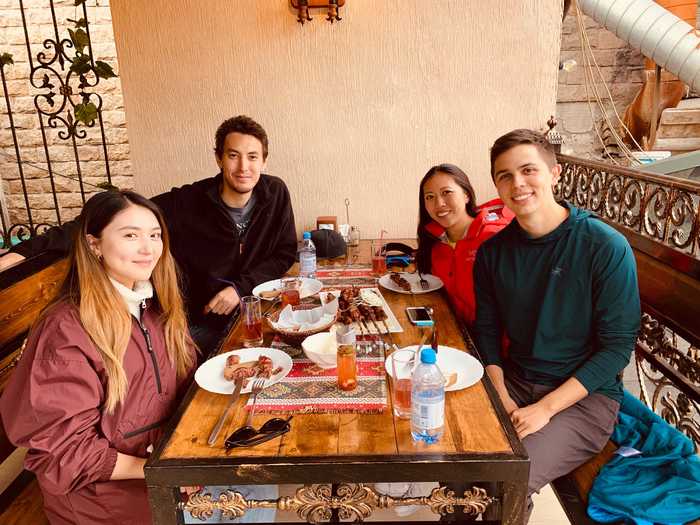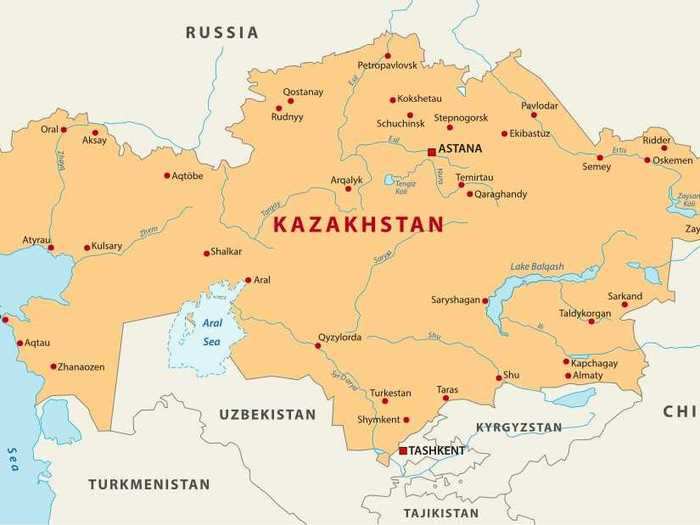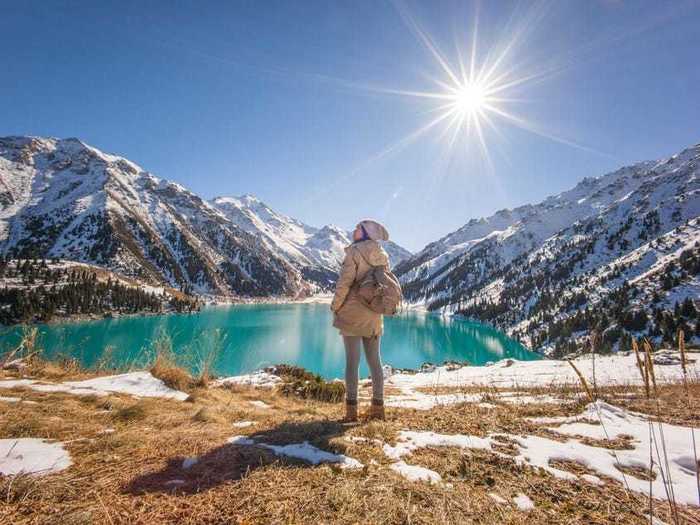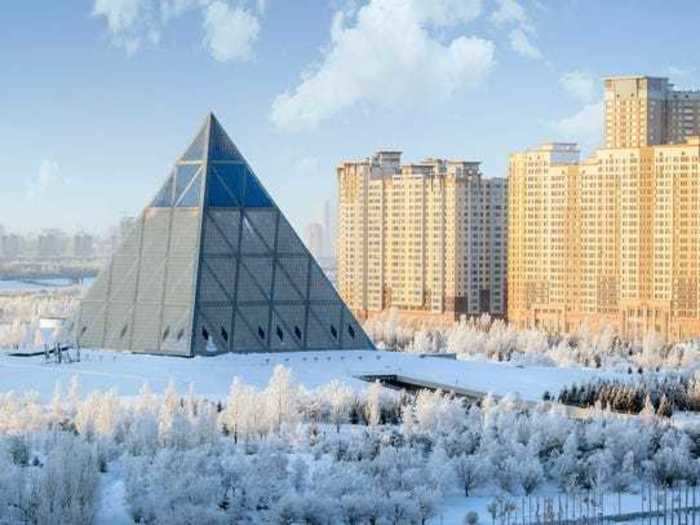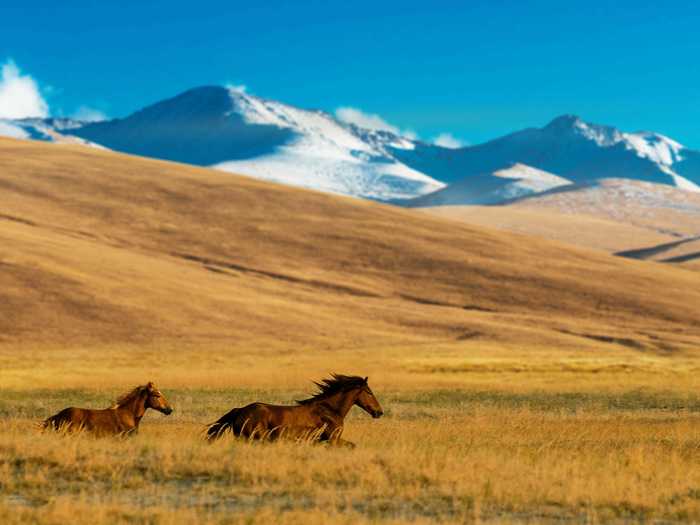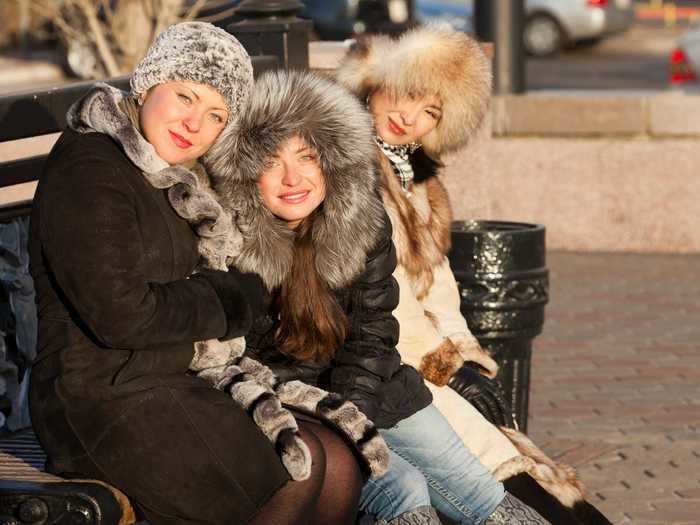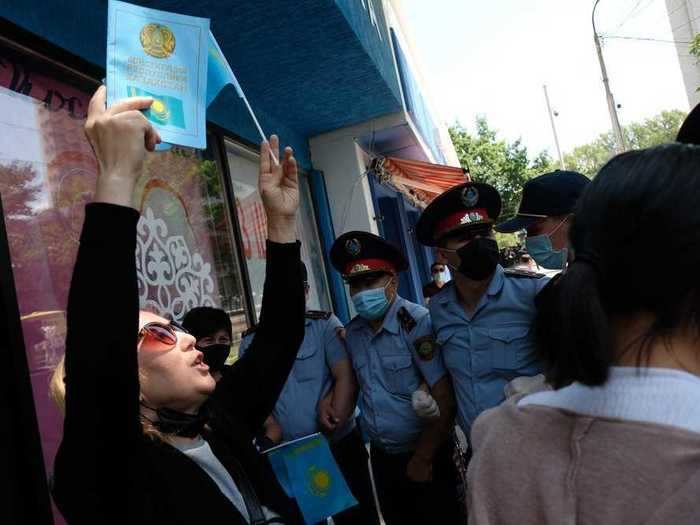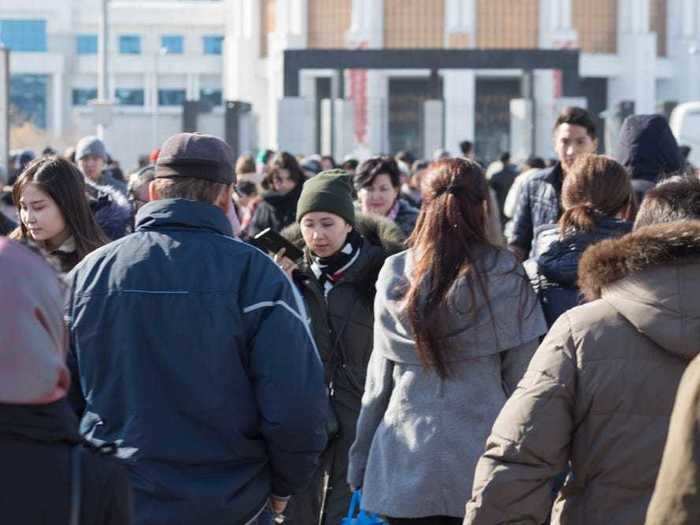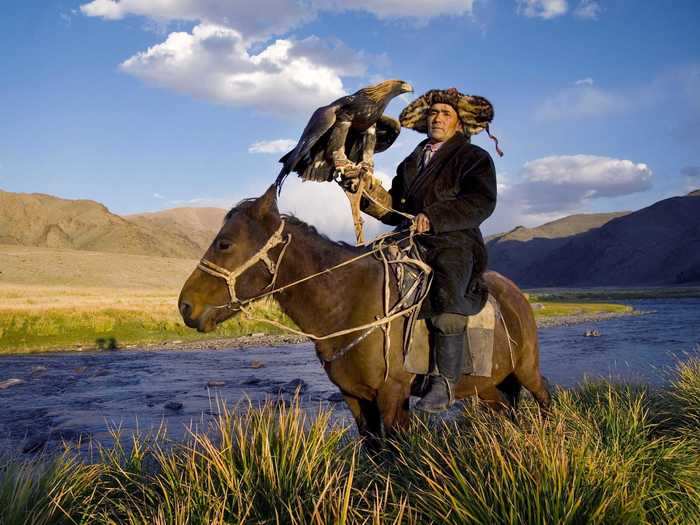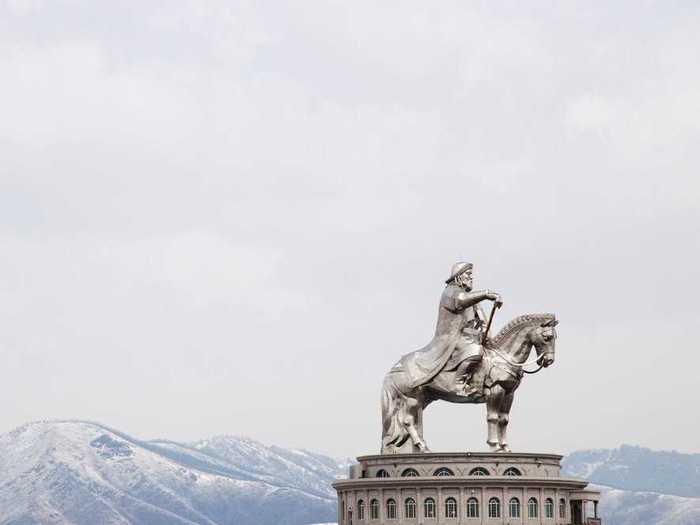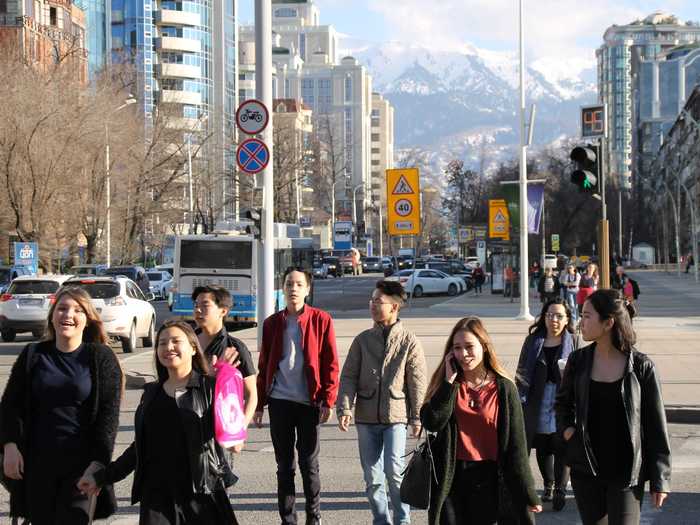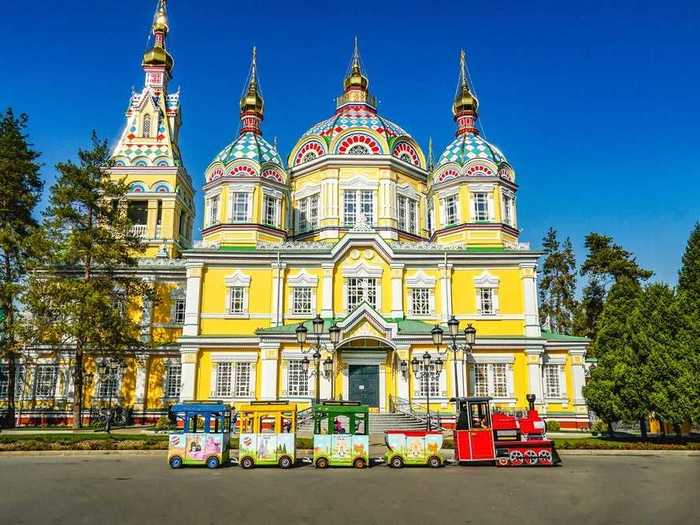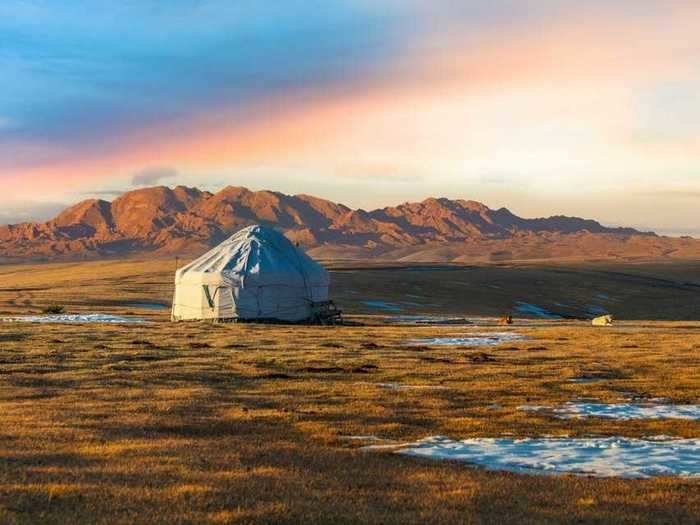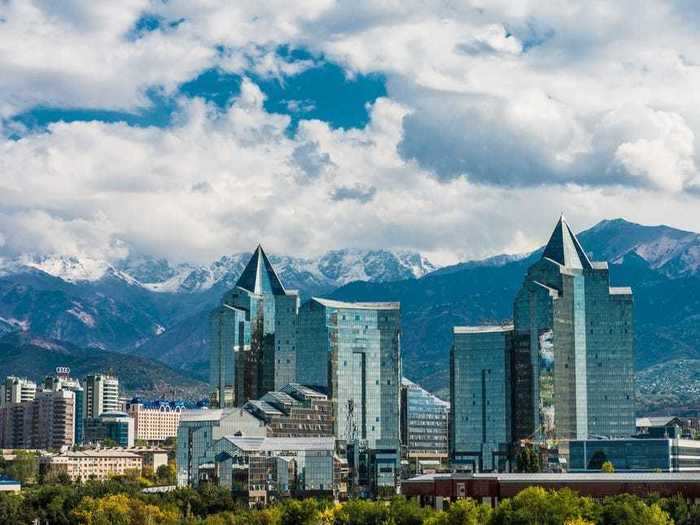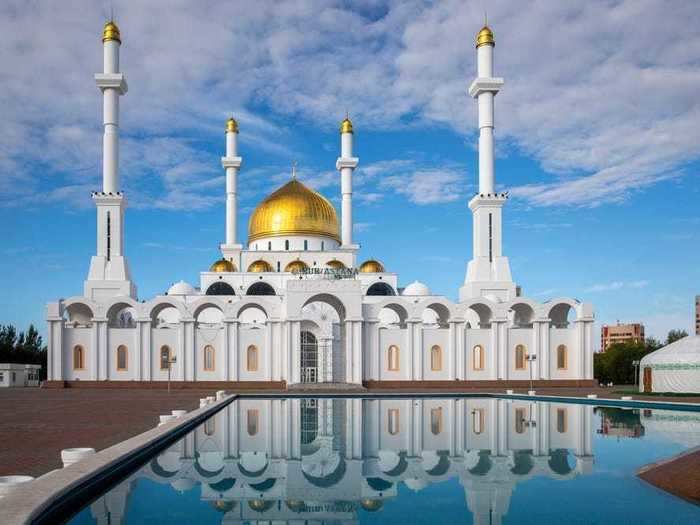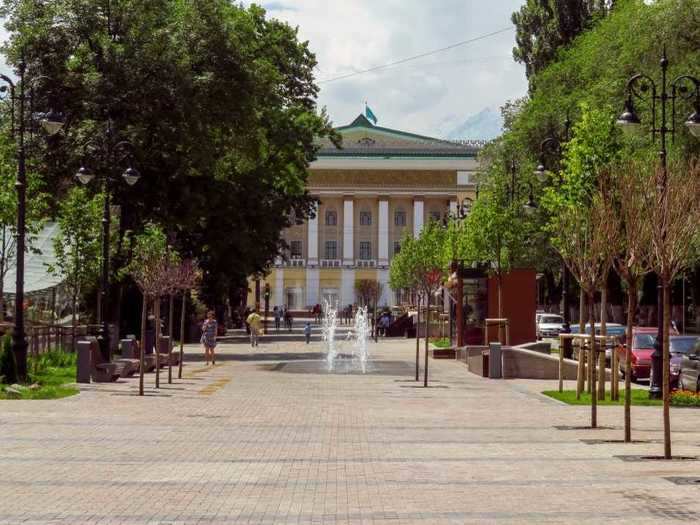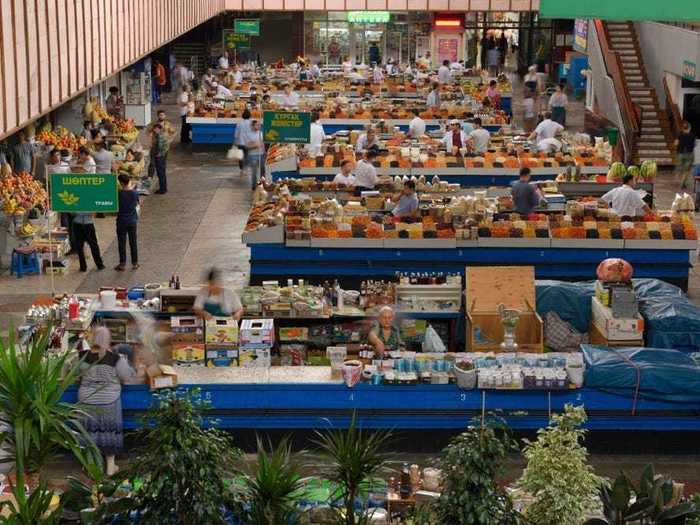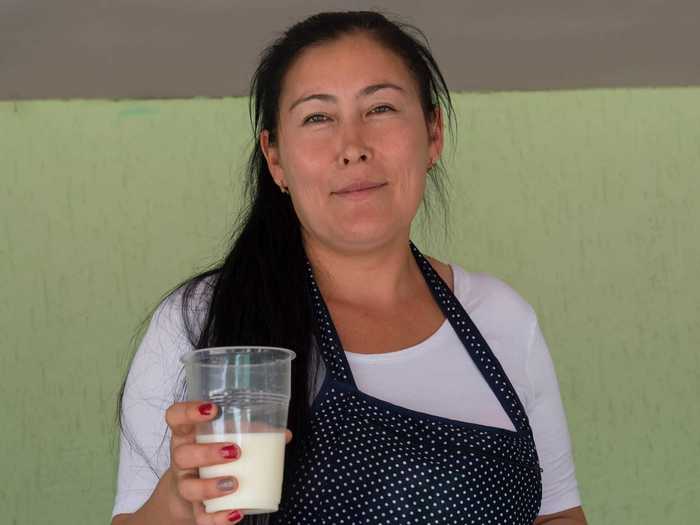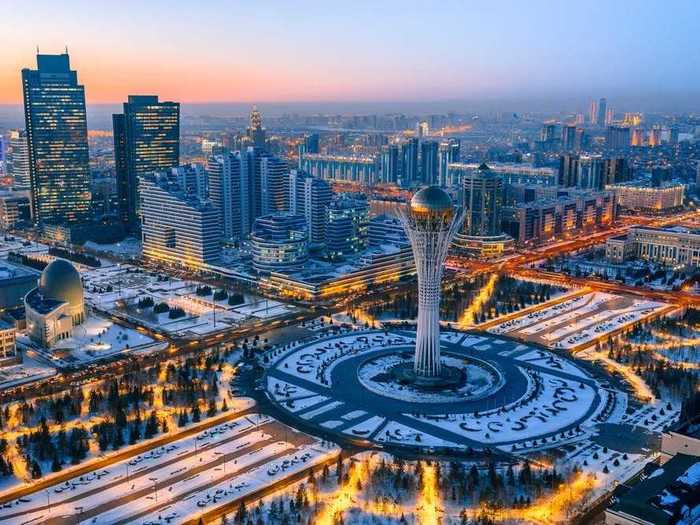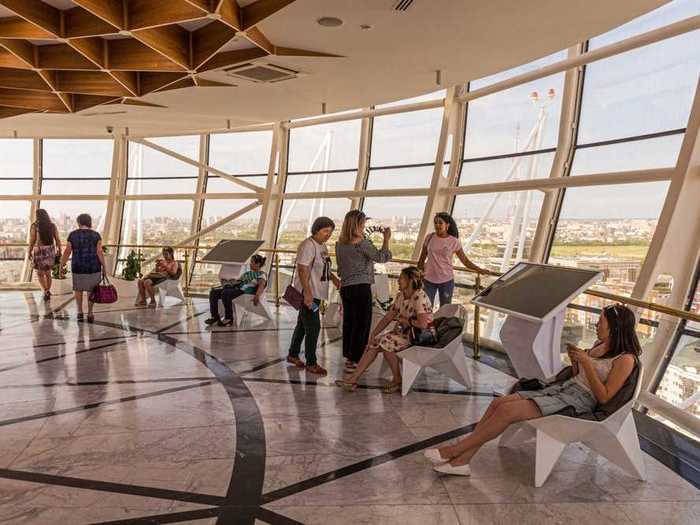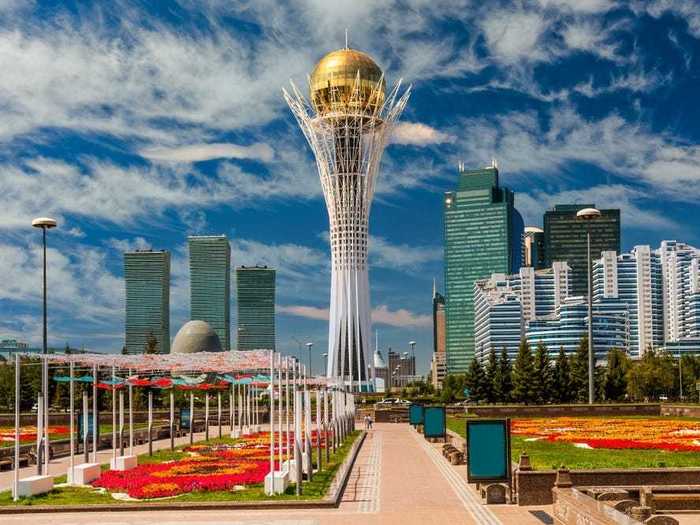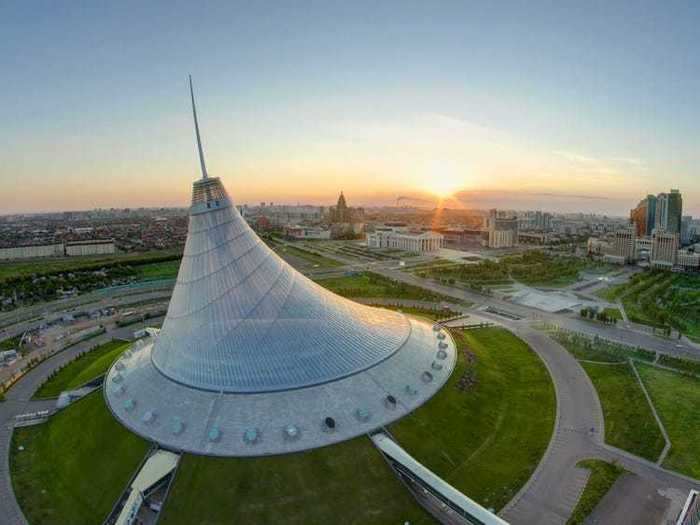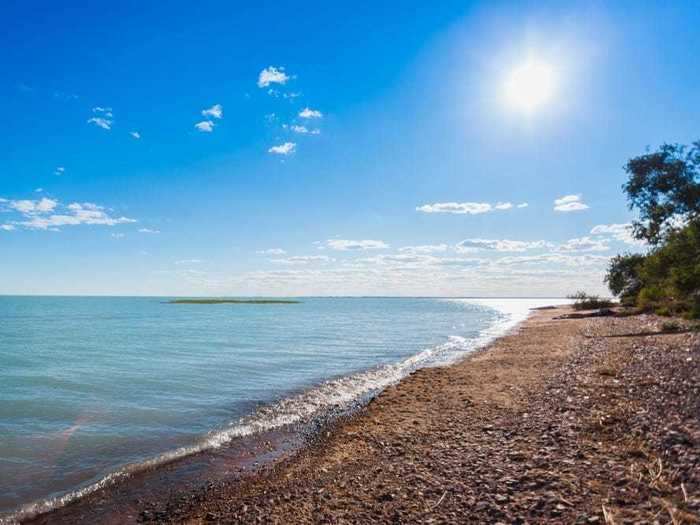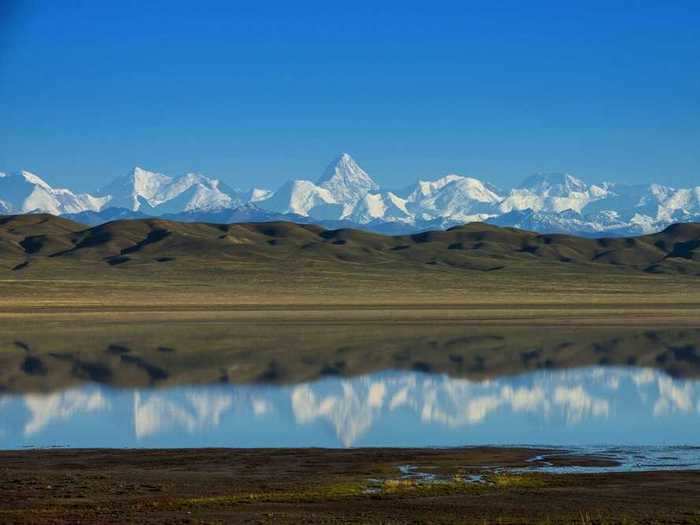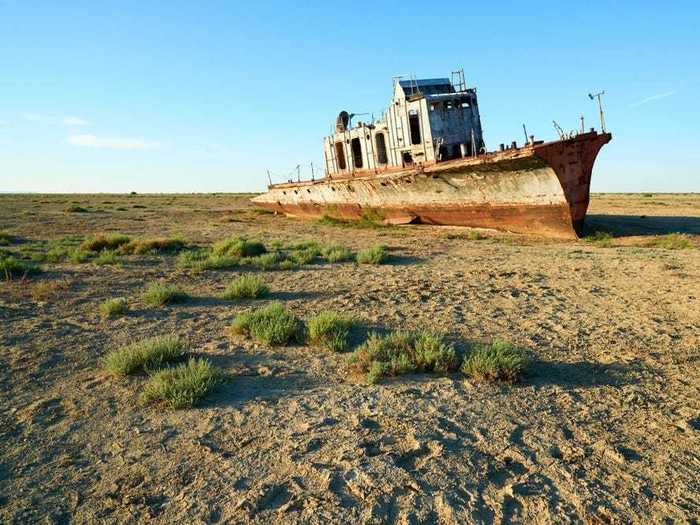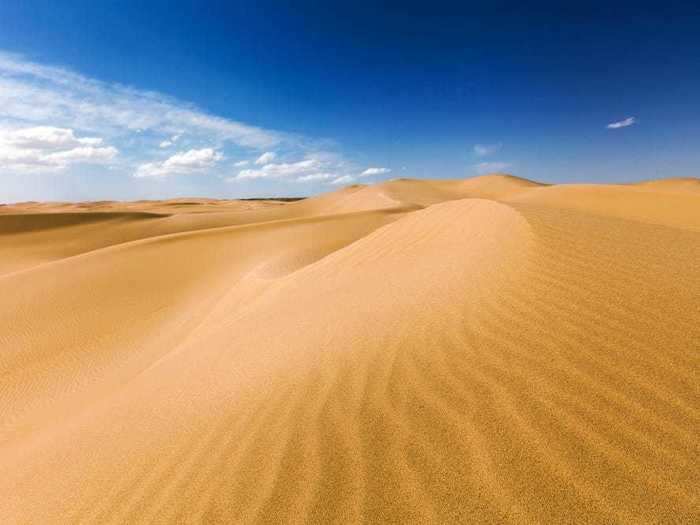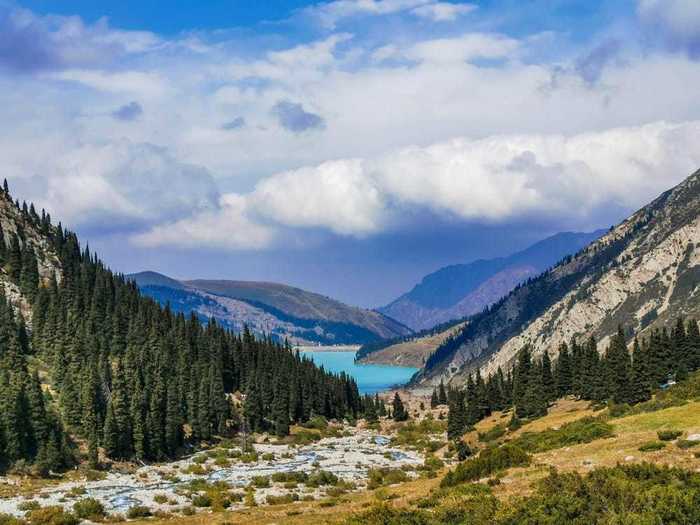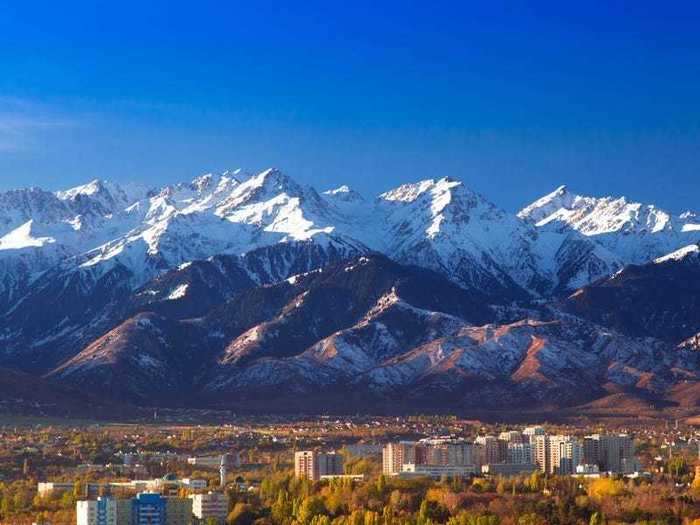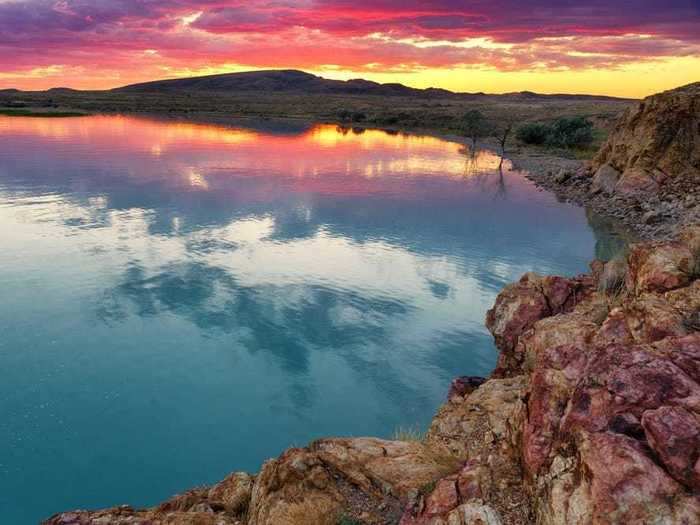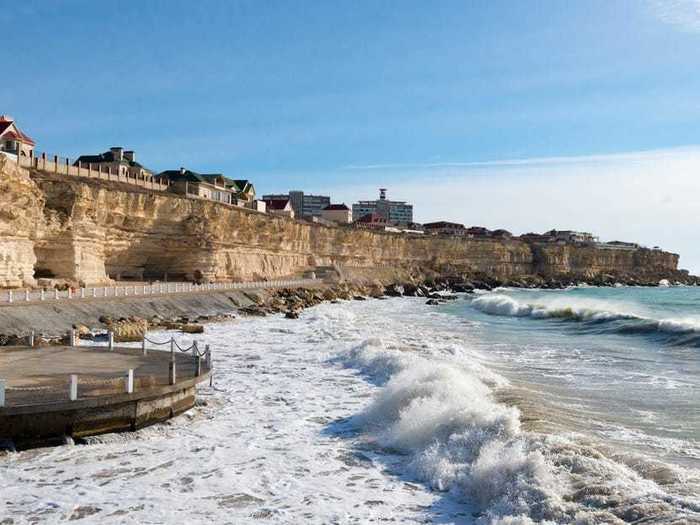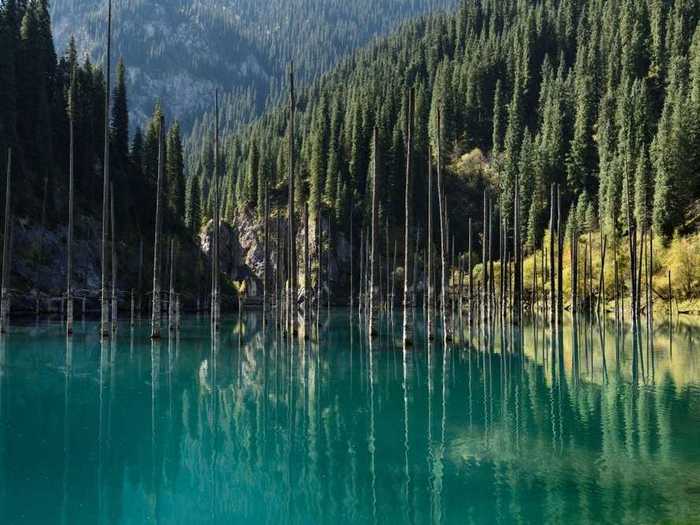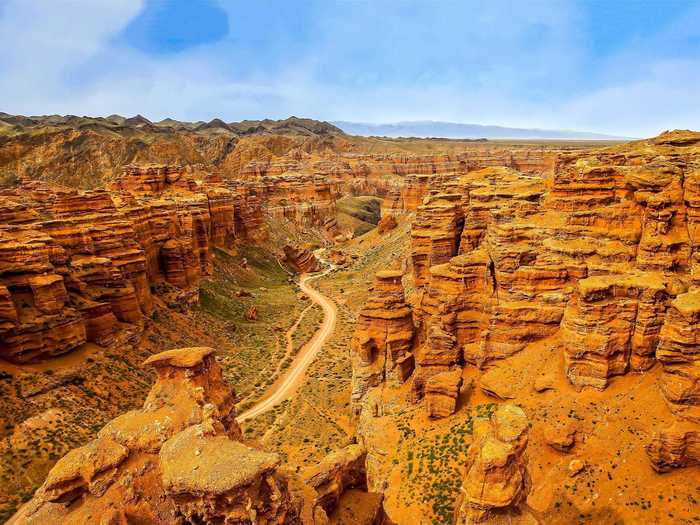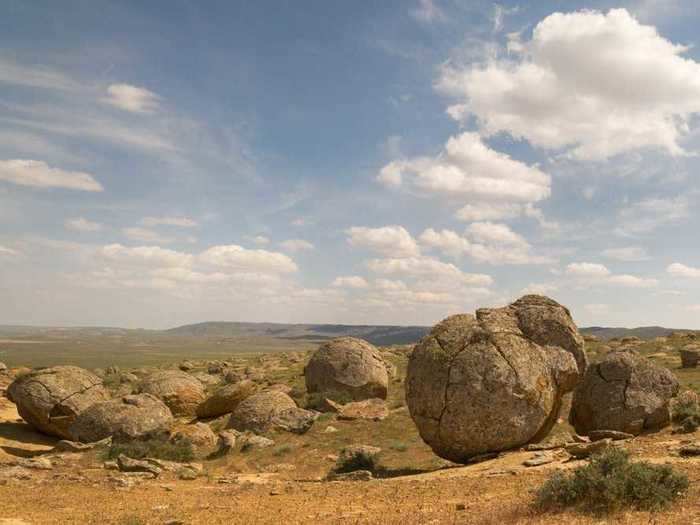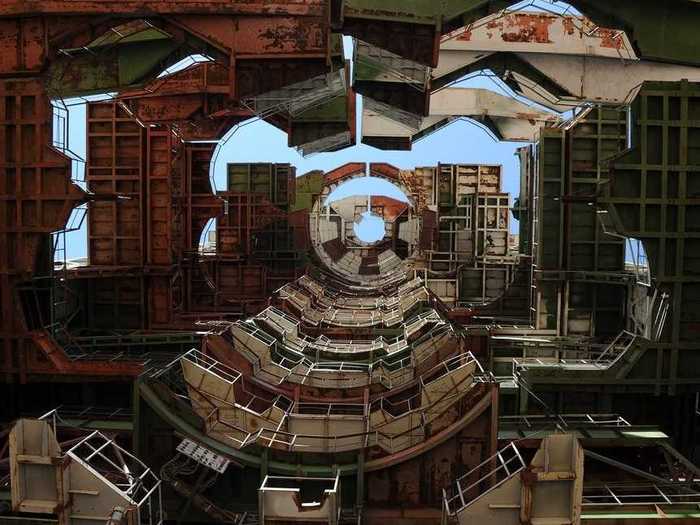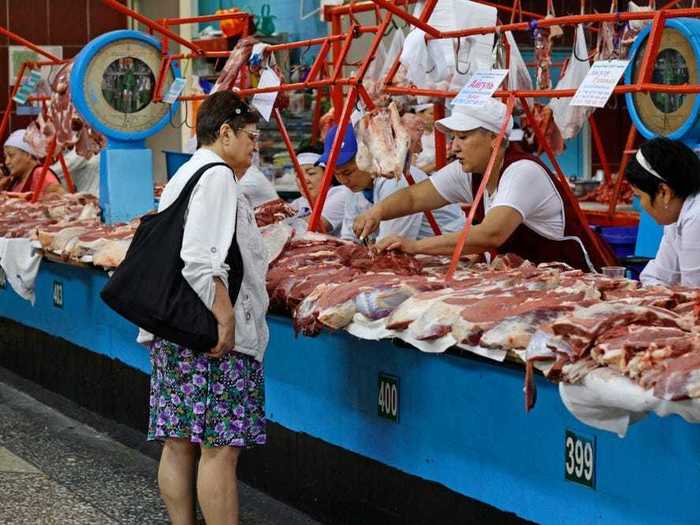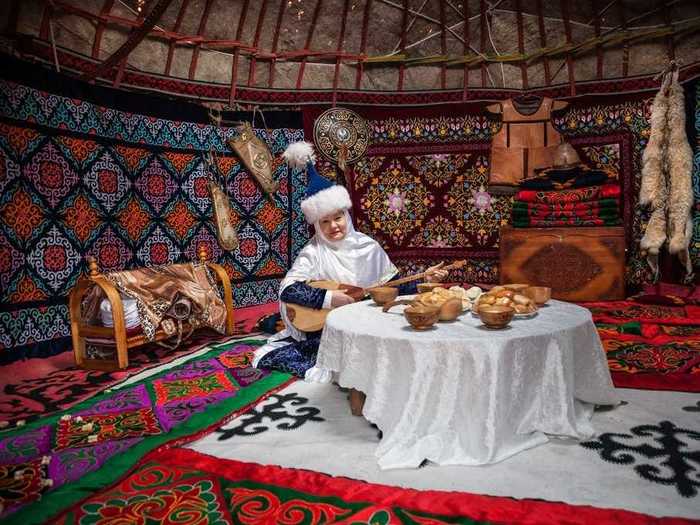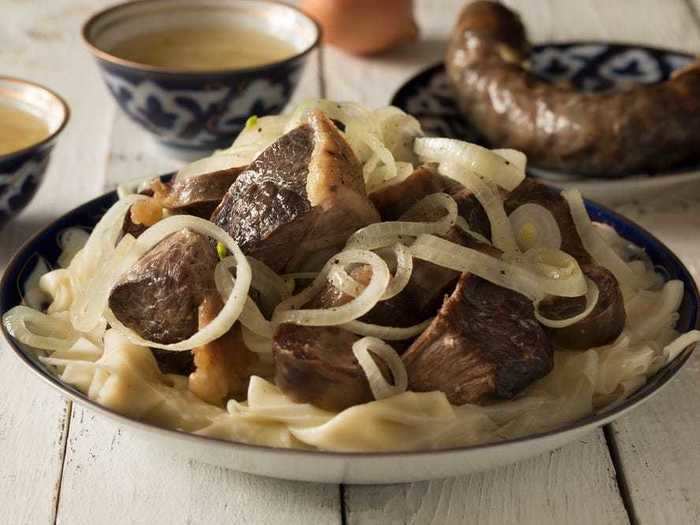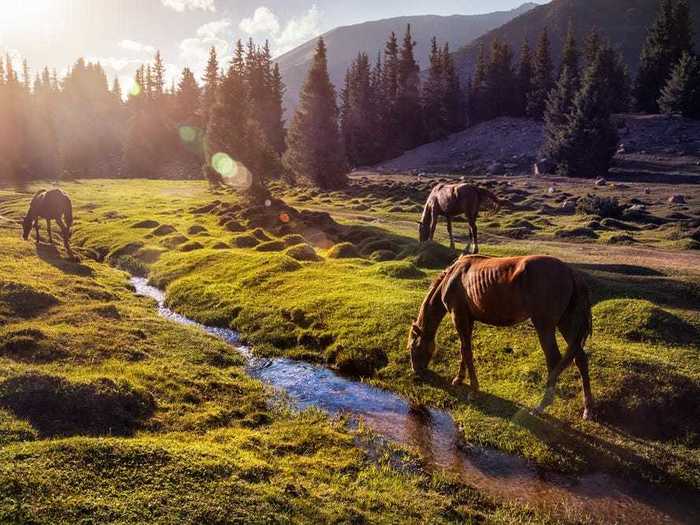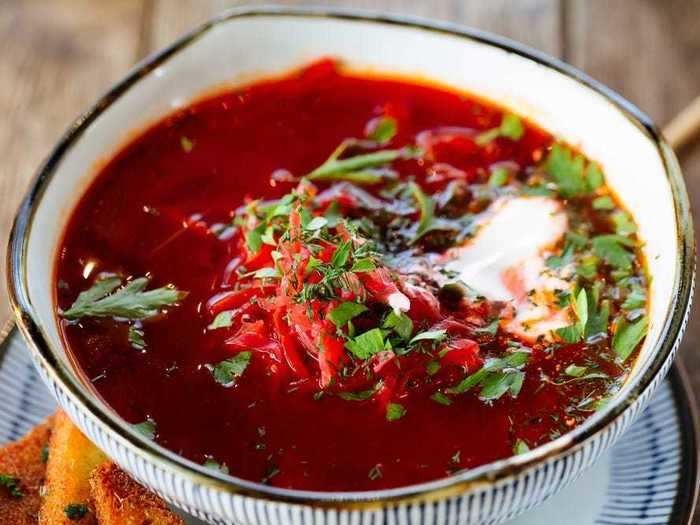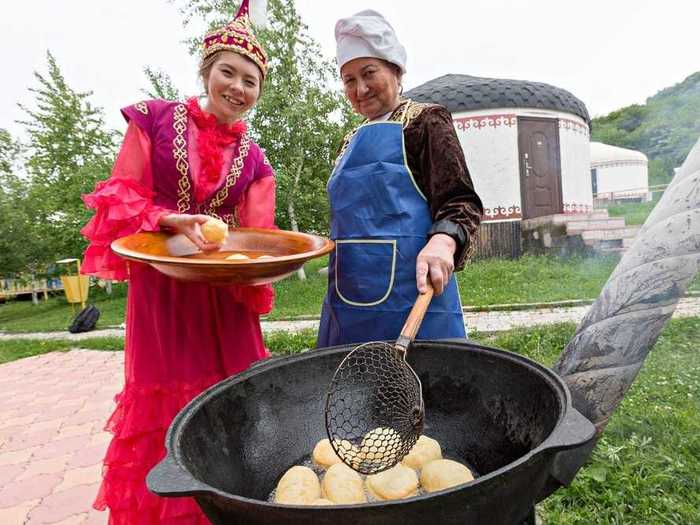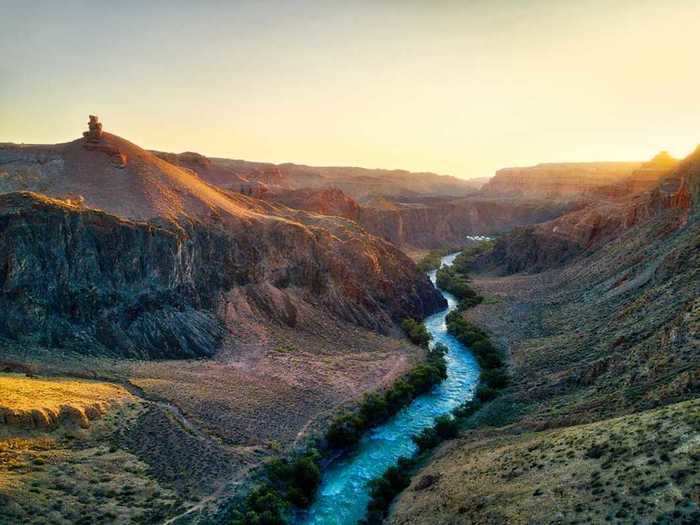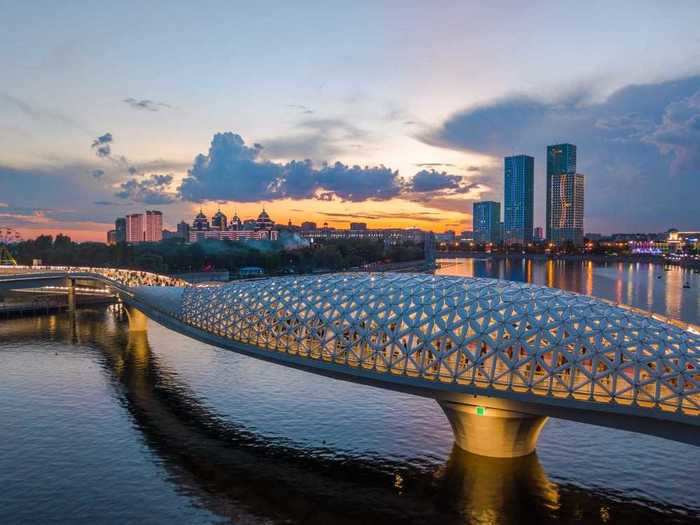Insider spoke to four locals to give us a sense of what Kazakhstan is really like.Shutterstock
- The "Borat" films have presented a distorted view of Kazakhstan, a country that the average person likely knows little about.
- It is the ninth-largest country in the world, and has stunning natural beauty from deserts to mountains.
- Its capital, Nur-Sultan, is home to futuristic architecture and buildings designed by world-famous architects.
- Insider spoke to four locals from Kazakhstan's largest city, Almaty, about what the country is really like.
- Due to the coronavirus pandemic, Kazakhstan is closed to foreigners. The Centers for Disease Control and Prevention warns that "travel increases your chance of getting and spreading COVID-19."
In 2006, when the first "Borat" movie came out, the Kazakhstan government felt that the depiction of its country was so offensively false that it banned the film, even taking out four-page ads refuting some of the "facts" the movie presents about it.
In the film, the former Soviet republic is depicted as a poverty-stricken place where horse urine is a popular beverage, women are kept in cages, and anti-Semitism and homophobia are rampant.
"The Kazakhstan in the film has nothing to do with the real country," Sacha Baron Cohen, who wrote and starred in the movie, told The New York Times in a statement in October. "I chose Kazakhstan because it was a place that almost nobody in the US knew anything about, which allowed us to create a wild, comedic, fake world."
While much has changed in the 14 years since the first film's release — such as a sequel coming out and Kazakhstan using one of its catchphrases as a tourism slogan — the average American still likely knows little about Kazakhstan.
Insider spoke to locals Salta Muslim-Ali, Kamilla Azhibayeva, Timur Kozhakhmetov, and Meruert Berikova, who live in Kazakhstan's largest city, Almaty, to find out what life is really like there.
Insider asked four locals to share their views of the country, and they agreed that the real Kazakhstan is worlds apart from the one depicted in 'Borat' films.
Locals shared their favorite local attractions and dishes.
Saltanat Muslim-Ali
Kazakhstan is located in central Asia: It's south of Russia, east of China, and north of Uzbekistan, and it also borders Kyrgyzstan and Turkmenistan.
It's the ninth-largest country in the world.
Shutterstock
It's the ninth-largest country in the world, just a little smaller than India and Australia, according to Statista.
Big Almaty Lake.
Shutterstock
It became a Soviet Republic in 1925 and didn't gain its independence until 1991, according to History.com.
The Palace of Peace and Reconciliation and the Kazakh National University of Arts in Nur-Sultan.
Shutterstock
It was the last Soviet republic to do so, and the Soviet Union collapsed entirely only shortly after.
It gained its independence in 1991.
Shutterstock
Oil is a major export and helped narrow the wealth gap that emerged in the '90s, according to the BBC.
Kazakhstan has a population of around 18 million.
1001slide/Getty Images
However, Human Rights Watch says that "the Kazakhstan government prioritized economic development over political and human rights reforms," and that it often silences critics.
A protest during quarantine in Almaty.
Shutterstock
The locals Insider spoke to agreed that one of the most pervasive misconceptions about the country is that its people have one cohesive culture or identity. In fact, the country has a diverse population.
A crowd in Nur-Sultan.
Shutterstock
The Kazakh people, the largest ethnic group in Kazakhstan, are Asiatic Turkic, a mix of Turkic tribes and Mongols that were once nomads roaming the country, according to Britannica.
Kazakh men traditionally hunt using trained eagles.
Shutterstock
The Telegraph reports that many Kazakhs believe that they are direct descendants of Genghis Khan, who united nomadic tribes to become the ruler of the largest empire in history.
A statue of Genghis Khan.
Shutterstock
According to local Kamilla Azhibayeva, there's a "strong separation" between Russian- and Kazakh-speaking regions of the country.
Kazakh and Russian are the country's main ethnic groups.
Shutterstock
Russians first arrived in the 19th century. Many returned to Russia when Kazakhstan became independent and now make up only about 20% of the population, down from almost half.
A Russian Orthodox church in Almaty.
Shutterstock
"Borat" has received some criticism for its portrayal of the Roma people, a nomadic ethnic group of which there are fewer than 7,000 in Kazakhstan, according to People Groups.
A traditional yurt.
Shutterstock
Jasmin Mujanović writes on Insider that "the film marginalizes an already marginalized group," thereby reinforcing dangerous stereotypes.
People in Ust-Kamenogorsk.
Shutterstock
Azhibayeva also said that she thinks people wrongly assume that Kazakhstan is a conservative Muslim country in the Middle East "without modern laws and rules."
Almaty.
Shutterstock
Islam was introduced to Kazakhstan by Arabs in the eighth and ninth centuries, and around 47% of the population is Muslim today, per the Library of Congress. Russian Orthodox is the next most-common religion, with 44% of the population practicing it.
The Nur-Astana Mosque in Nur-Sultan.
Shutterstock
Kazakhstan is filled with modern cities. Almaty is the country's largest and most opulent one, and it is often compared to Europe thanks to its wide, leafy boulevards.
The State Academic Opera and Ballet Theater in Almaty.
Shutterstock
Almaty local Saltana Muslim-Ali described the city as "very modern," and said, "You can find anything here, starting from hipster coffee shops to very authentic bazaars."
Saltana Muslim-Ali in an Almaty café.
Saltana Muslim-Ali
Almaty's bustling Zelionyj Bazaar is a great place to sample local cuisine.
The Zelionyj Bazaar in Almaty.
Shutterstock
Horse milk, not horse urine, as "Borat" will have us believe, is a local staple. It's called kumis and is mildly alcoholic, according to Atlas Obscura.
Kumis is a popular beverage in Kazakhstan.
Shutterstock
Nur-Sultan is Kazakhstan's capital (known until 2019 as Astana) and is filled with a mix of Soviet-era buildings and futuristic architecture.
Nur-Sultan.
Shutterstock
Bayterek Tower is one of its most famous attractions and offers stunning views from its observation deck.
Bayterek Tower's observation deck.
Shutterstock
Meant to resemble a golden egg in the crown of a tree, based on a local fable, it's 97 meters tall to represent the year Nur-Sultan was named Kazakhstan's capital: 1997. Aqmola was the capital before.
Bayterek Tower in Nur-Sultan.
Shutterstock
Also in Nur-Sultan is Khan Shatyr, designed by famous British architect Norman Foster. The giant transparent tent is home to a park, a river, a beach, and shopping.
Khan Shatyr in Nur-Sultan.
Shutterstock
Kazakhstan has hundreds of nature reserves and national parks, and is famous for its stunning mountains, lakes, and deserts.
Lake Balkhash.
Shutterstock
At 22,949 feet, Khan Tengri, Kazakhstan's tallest mountain, has a higher elevation than the highest mountains in both the US (Alaska's Denali, 20,237 feet) and Europe (Russia's Mount Elbrus, 18,510 feet).
Khan Tengri and the Tian Shan mountain range.
Shutterstock
"I wish everyone knew how beautiful and diverse Kazakhstan is," said local Timur Kozhakhmetov.
An abandoned ship in what was formerly the Aral Sea in the Kyzylorda Region.
Kazakhstan
"We have fascinating and contrasting landscapes," he said. "From deserts and steppes to dense forests and high mountains."
Desert near Senek village.
Shutterstock
Meruert Berikova agreed and said that even locals like her are often surprised by the diversity of Kazakhstan nature.
Big Almaty Lake.
Shutterstock
"I am from the west part of Kazakhstan, which is mostly steppes, and I was speechless when I first saw forests of north Kazakhstan and the beautiful Almaty mountains," she said.
The Almaty mountains.
Shutterstock
She recommended Lake Balkhash, which consists of both freshwater and saltwater, spans 6,564 square miles, and is the world's 15th largest lake.
Lake Balkhash.
Shutterstock
She also said that visitors should check out the Caspian Sea, to see everything from seals to flamingos.
The Caspian Sea.
Shutterstock
Muslim-Ali said that her favorite local destination is Kaiyndy Lake, which houses an eerie underwater forest, with trees jutting out of its depths.
Kaiyndy Lake.
Shutterstock
Charyn Canyon, with its unique rock formations, is one of Azhibayeva's favorite spots.
Charyn Canyon.
Shutterstock
Speaking of unique rock formations, the Valley of the Balls is another must-see.
Valley of the Balls.
Shutterstock
Those interested in space should visit the Baikonur Cosmodrome, the spaceport from which Yuri Gagarin was launched into space in 1961, becoming the first person to enter orbit, according to NASA.
The Baikonur Cosmodrome.
Shutterstock
The national cuisine is pretty meat-heavy, according to Azhibayeva, who said that it offers few vegetarian options.
A food market in Kazakhstan.
Shutterstock
Muslim-Ali believes that "the quality of meat in Kazakhstan is the best in the world," adding that it's usually grass-fed and organic.
A traditional meal in a Kazakh yurt.
Shutterstock
She recommends trying beshbarmak, a traditional dish made with noodles and boiled horse meat. "It's delicious, especially if the noodles are hand-made," she said.
Beshbarmak.
Shutterstock
Berikova said that horse meat is popular because it is believed to be the cleanest meat, since horses don't drink where other animals drink, and only eat fresh grass.
Horses roaming freely.
Shutterstock
Kozhakhmetov recommended borscht — a sour beetroot soup popular in Eastern Europe and Northern Asia, while Azhibayeva likes manty, a meat-filled dumpling.
Borscht.
Shutterstock
Baursak, fried dough that Muslim-Ali describes as "unsweetened donuts, but better," is also a must-try.
Baursak.
Shutterstock
Currently, due to the coronavirus pandemic, Kazakhstan is closed to foreigners. The Centers for Disease Control and Prevention warns that "travel increases your chance of getting and spreading COVID-19."
Charyn Canyon.
Shutterstock
From futuristic architecture to stunning nature, the real Kazakhstan is very different from the one depicted in "Borat" films.
A bridge in Astana.
Shutterstock

